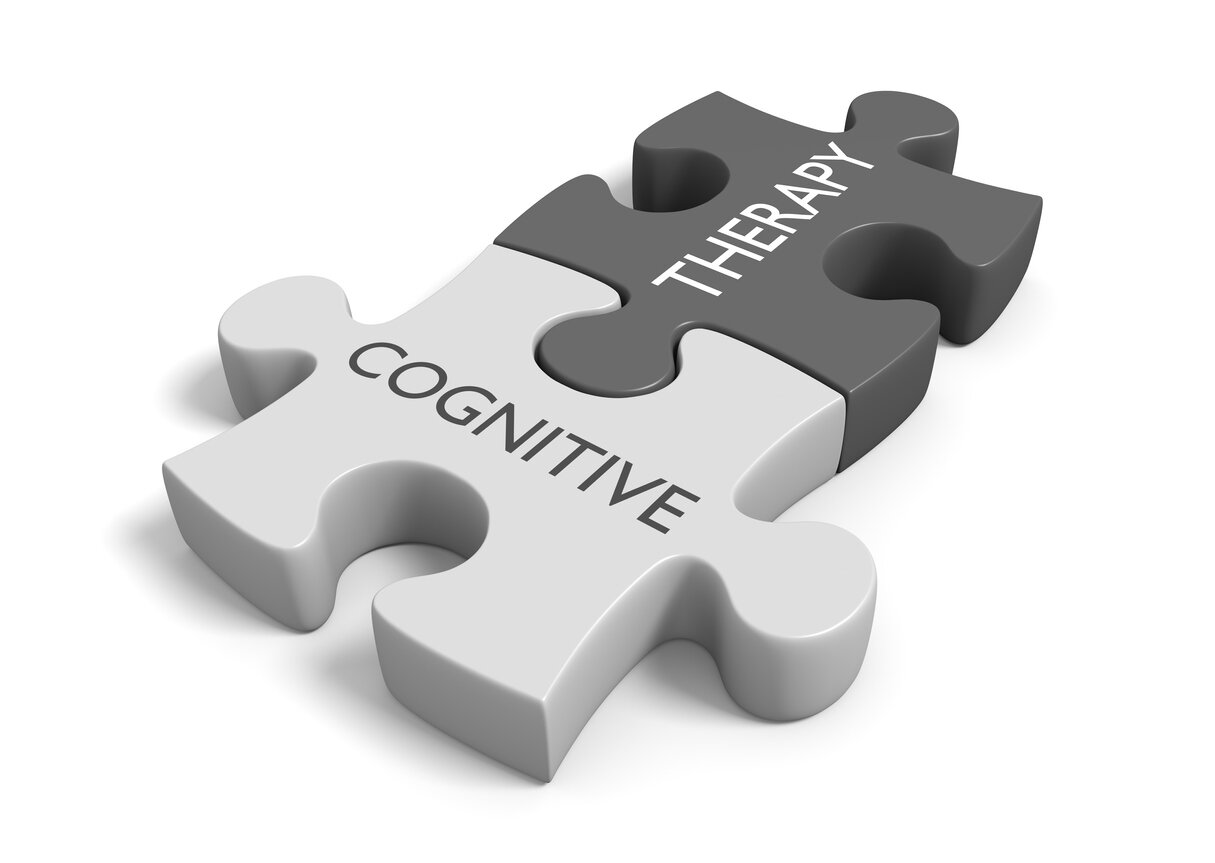To try and capture Pam is analogous to trying to capture all the elements of nature at once: she’s grounded like the earth, occasionally enjoys playing with fire (when it’s appropriate and relatively safe), understands the inherent duality of water’s gentle and abrasive force, and is always running a little late, which is why she can run like the wind! These elements, and being able to hold space for the different parts of people, contribute to her being an excellent clinician. Her dynamic nature allows her to access different parts of herself and her experiences to relate, inform, and improve a client’s experience of their situation.
She’s able to provide various elements to her clients because she knows what it is to have to go through the darkness and find the light again (and again...). At fifty, around the same time she went to graduate school for counseling, she decided she wanted to become the kind of wise woman she had always wanted to have in her own life. Today, she still aspires to provide others with genuine acceptance, understanding, and unconditional support with a hearty dose of “tough love if needed” that so few people get to have in their life. Whether she’s giving away hugs at the Pride Festival, with her family, or working with clients, she feels “grateful” for the opportunity to “sit in all the ick” with people who “genuinely want better for themselves and just don’t have the right support to get there.”
One thing you might find surprising about Pam: How many single mothers go to graduate school AND run for state leadership? That’s just who Pam is. She has a passion for Organizational Leadership, and armed with a Master’s Degree in the subject from St. Kate’s, she decided she wanted to be the change she wanted to see in the world. While she didn’t win that particular election, she continues to be an advocate for the queer, marginalized, and oppressed populations in the Twin Cities area.
On coping with the pandemic: Pam has always loved the arts and believes she was “blessed with the curse of being artistic.” She started with dance throughout her youth before finding theater in High School and college, which eventually evolved into a seven-year stint in the Chicago Improv scene. In the pandemic, finding a space for art and expression has become even more important to Pam. While she admits her primary coping has relied heavily upon time with her husband, quality calls with her granddaughters, and cooking, she attributes her current sanity to singing anything from showtunes to pop songs, streaming plays and movies, writing, and doing things that help her stay connected to the creative world.
Walk-Up Song: Based on the last paragraph, it might come as no surprise that Pam’s anthem is borrowed from Broadway. Written by Dolly Parton and performed with the ensemble cast of 9 to 5 (including all-stars like Allison Janney and Megan Hilty), “Change It” has a quirky melody and a simple call to action: “Somethin’ gotcha down? Gotcha chained and bound? Well, break it.” It might be an overly simplistic analogy for Pam’s work as a therapist, but there is something about the song that perfectly captures what sets Pam apart from so many other clinicians: she…
…isn’t going to sit back and endlessly validate you. Having been through so much in her life, she knows there’s no getting unstuck without personal agency being involved in the process.
Professional pet-peeve: One of the best things about Pam is that she’s not an unclear person. She’s direct, assertive, curious, and communicative in the therapeutic process, and in her life. While she does believe in unconditional positive regard for her clients, her pet-peeve comes from the mispractice of that same orientation. Pam believes that unconditional validation and support can accidentally enable client’s stuckness, impair client growth, and prevent clients from learning how to get more comfortable with the discomfort they are experiencing. From Pam’s perspective, unconditional positive regard means you know clients are capable of more and therapists are willing to “push people, even if it’s just a little bit past where they think they’ll be comfortable.”
Favorite tool in the Therapist Toolbox: Pam has a very diverse caseload. From queer children to conservative, older couples, Pam tailors her toolbox to meet each client where they are at because the tools that work in one space don’t always translate. However, Pam has found one tool that transcends demographics entirely: Self-of-the-Therapist. This tool is when a unique therapist shares more of their personality, experience, world view, and belief systems with clients in order to create a genuine sense of connection, intersubjectivity, and attachment with a unique client. While that might sound like Pam just talks about herself a lot, what it actually means is that she uses her deep well of human experience to inform and relate to others in order to normalize absurd, upsetting, or uncomfortable experiences clients may be experiencing.
If you have any questions about Pam, her approach, or think she might be a fit for you, please reach out to us at bizoffice@birchcounseling.com. Otherwise, stay tuned for our next blog post where we put the spotlight on Self-of-the-Therapist, and how Pam incorporates it into her approach.


















